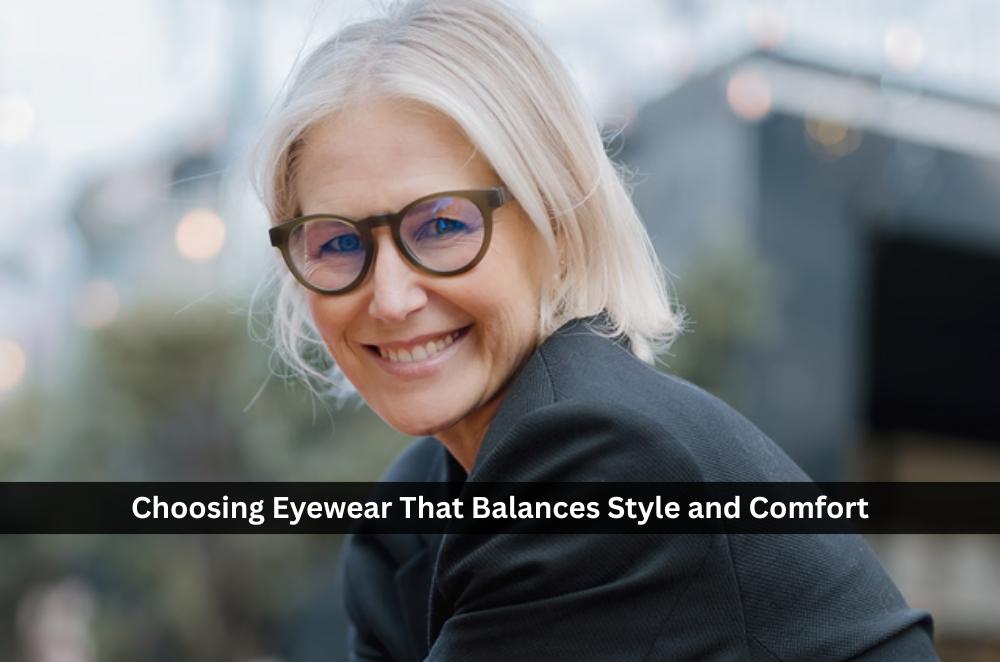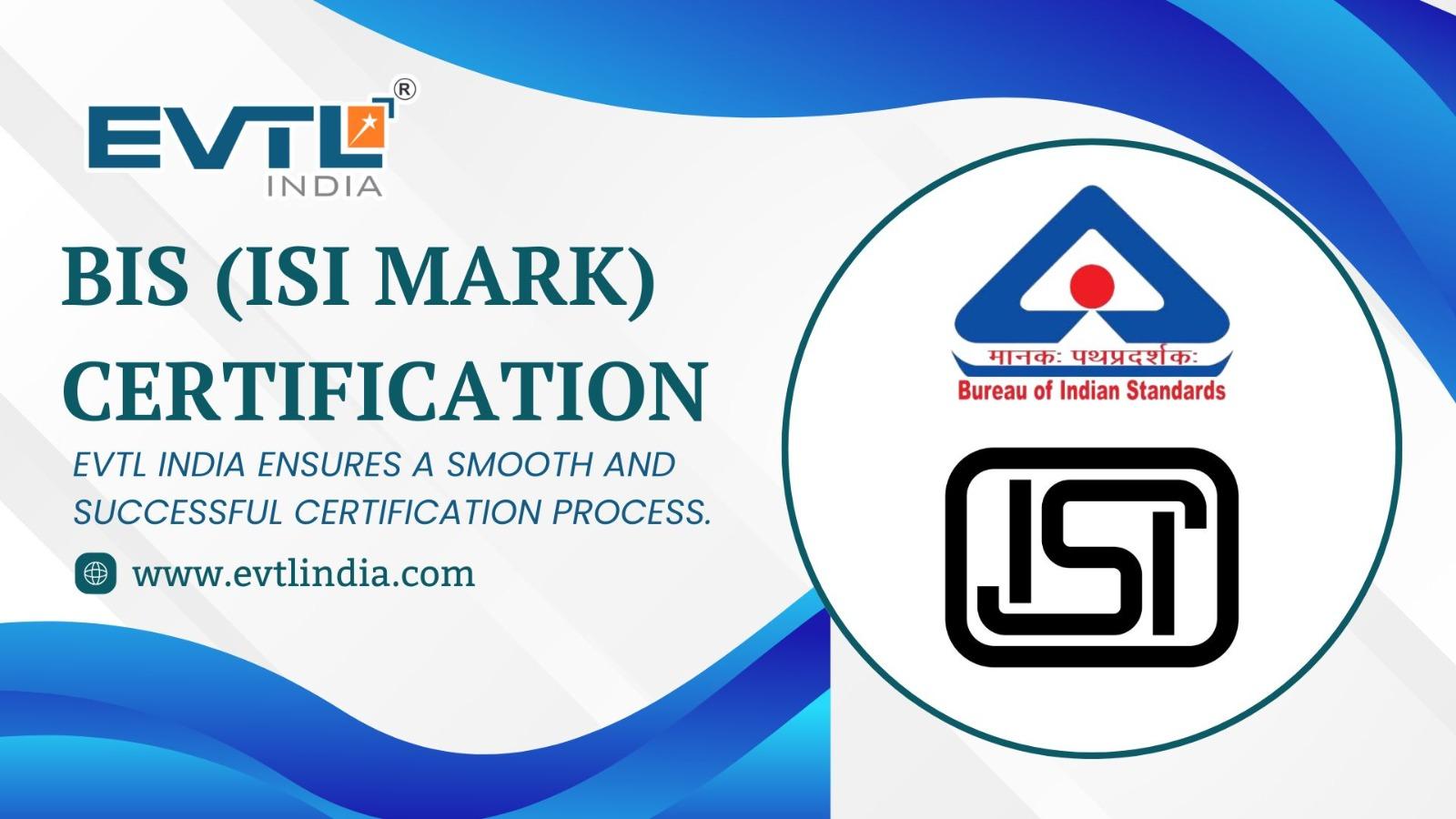Choosing Eyewear That Balances Style and Comfort

Finding modern glasses frame designs that actually balance comfort and style starts with how they sit on your face, not just how they look on a shelf. Frames carry your lenses, sure, but they also carry your mood. Over recent years, we’ve watched design shift from stiff, one-size templates to shapes that move with everyday life. Slimmer temples, softer bridges, lighter materials. Small changes, big difference. Pick-ups like flexible hinges, bio-acetate blends and tuned nose pads have made long wear less of a grind. In short: the best pairs feel easy first, then look right—because comfort is the design brief, not an afterthought. That’s the starting point for us.
What influences how modern frames are designed?
Modern frames are influenced by materials, fit tech, and shifting lifestyles. Those forces shape weight, silhouette, colour and, ultimately, day-long comfort.
Designers lean on CAD and rapid prototyping to refine the touchpoints that matter—bridge grip, temple flex, lens lift. As work and leisure blur, we’re seeing slimmer profiles that still hold firm, with colours that stay versatile under office lights and weekend sun.
-
Materials set weight, flex and feel
-
Slimmer profiles suit mixed lifestyles
-
Colours are tuned for everyday wear
Subtle geometry changes make a big difference to pressure, especially behind the ears. It’s why we favour long-lasting eyewear design as a starting principle: if comfort fails, style won’t save it
How do we know a frame will last?
A frame will last when materials, hinges, and balance work together. It’s not about heaviness; it’s about tiny tolerances that don’t creep over time.
Quality shows up in the quiet details—screws that don’t back out, coatings that don’t cloud, arms that don’t splay after a few months. Balanced geometry keeps lenses sitting true, which helps vision and comfort.
-
Hinges should close cleanly and evenly
-
Edge finishes must not grab skin
-
Coatings should resist sweat and sun
-
Replaceable tips extend lifespan
Replaceable parts matter too; they keep a favourite pair in rotation rather than landfill. If a frame returns to shape after gentle flex, you’re on the right track
Why does sustainability matter in eyewear design?
Sustainability matters in eyewear because design choices carry environmental costs. Choosing better inputs and modular parts reduces waste without compromising style.
The shift isn’t performative—it’s practical. Recycled polymers, bio-acetates and low-waste casting lower impact while keeping frames light and tough. Packaging trims down; spare parts live longer in circulation; broken bits get swapped, not binned. Conscious shoppers now expect that baseline responsibility, and the industry’s catching up fast. If a frame can be repaired, it’s more likely to be loved. Those drawn to eco-friendly frame choices will find plenty of forward-thinking options shaping the future of eyewear.
Conclusion
Balancing style and comfort isn’t just a design challenge—it’s the new expectation. As eyewear evolves, it’s becoming clear that the best designs aren’t those that shout the loudest, but those that quietly blend craftsmanship, sustainability, and individuality. A truly modern frame doesn’t just complement your look—it supports your lifestyle, values, and long-term wellbeing.








